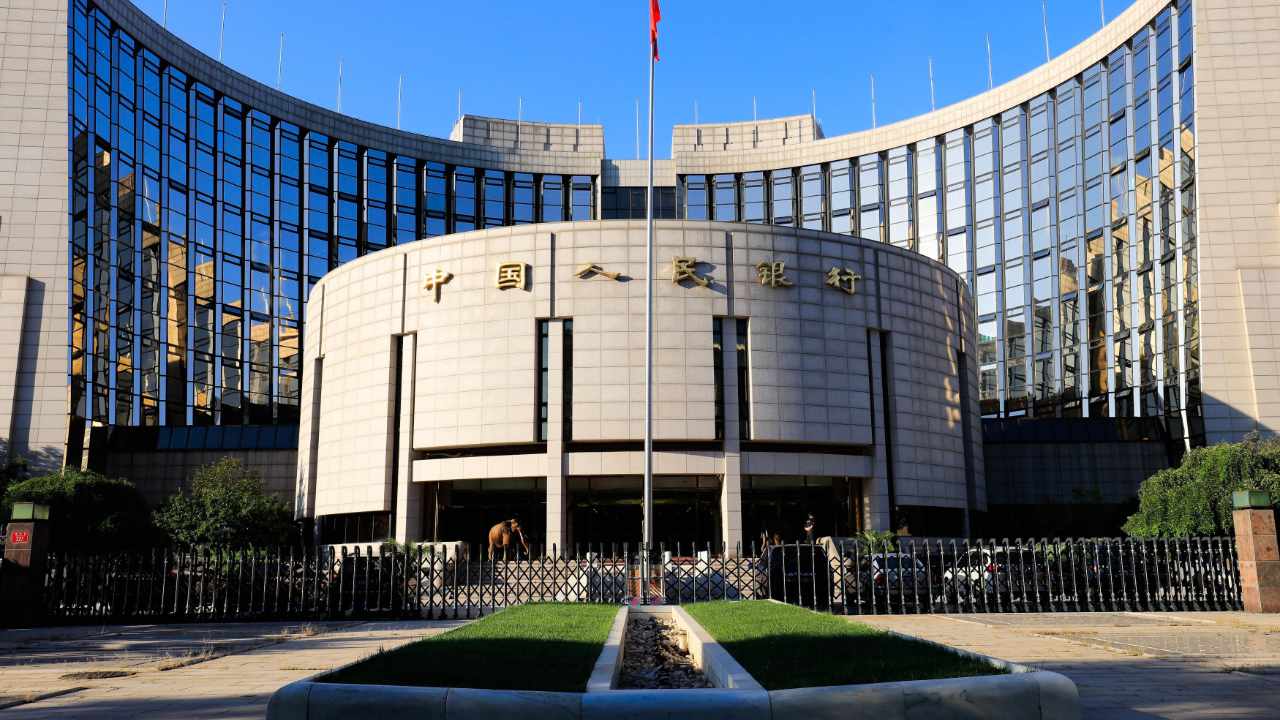If we look at bitcoin’s trading volume, do we see a similar pattern?
Image credit: bitcoinity.org
The chart above shows bitcoin’s trading volume from October 2020 to October 2022. What is noted here is fairly steady and consistent trading volume from roughly July 2021 to October 2022. We do not see a drop, similar to the activity from CDD.
The combination of data from these two indicators – a low CDD with smooth and consistent trading volume – further suggests that most of the bitcoin traded was by short-term holders. In fact, from 2010/2011 bitcoin, bought too well below the $100 range, has moved the least.
Overall, according to Glassnode data, just over 60% of circulating BTC hasn’t moved in over a year. This holding trend also contributed to bitcoin’s exceptionally low volatility. In comparison, similar price volatility in 2018 was followed by a 50% drop in a single month, from $6,408 in November to $3,193 in December.
Is it likely that we will see a new bottom even with long-term Bitcoiners holding the line?
Further Bitcoin Selling Pressure
Currently, bitcoin’s price is inversely related to its record high hash rate. This is not good news considering that miners have to service their debt by selling mined bitcoin, even at the lowest price point in this bear cycle.
Image credit: blockchain.com
Already one of the largest bitcoin mining companies, Core Scientific (CORZ) – with a share of the hash rate around 5% of the network’s total – is exploring bankruptcy. Meanwhile, CORZ stock has collapsed 98.32% so far this year.
Argo Blockchain (ARBK) shares the same fate, having fallen by 91.56% and is unable to sell enough assets to cover its costs. According to an operational update from Argo in October 2022:
“Should Argo not be successful in completing additional financing, Argo will become cash flow negative in the short term and have to curtail or cease operations.”
While these mining companies will likely end up lowering the Bitcoin hash difficulty, this has the potential to cause another contagion in a game of the fittest. This time, vulnerability and market selling could come from remaining centralized platforms that lend dollars to bitcoin mining companies. Returning to the ongoing macroeconomic headwinds, how the market interprets the Federal Reserve’s next move could end up boosting the price of bitcoin just enough to keep miners afloat.
Because the Fed raises the cost of capital and borrowing, making the dollar stronger in the process, this usually causes investors to abandon risky assets, such as bitcoin. When investors predict a recession, the dollar reigns even stronger, as investors dive into cash as a safe haven.
Similarly, the Fed’s signaling towards accelerated tightening – a pivot from the expected rate hike – could provide relief to the market.
That said, the so-called “Fed pivot” should not be understood as a return to lower interest rates, but as a slowdown to potentially hike only 50 basis points in December (if incoming inflation data favors it). Nevertheless, in the current dire market environment, it may be sufficient for a short-term rally, or at least avoid a new bitcoin bottom.
Despite the many factors pushing investors away from asset risk – the Fed battling 40-year high inflation, a looming energy crisis in Europe, ongoing global supply chain issues and even Bitcoin’s mining difficulties – CDD and bitcoin trading volume data provide us with a interesting observation. Long-term owners seem more confident than ever in the long-term value proposition that bitcoin provides. Such holders are currently selling bitcoin at one of the lowest prices we have seen in the history of the Bitcoin network.
This is a guest post by Shane Neagle. Opinions expressed are entirely their own and do not necessarily reflect the opinions of BTC Inc or Bitcoin Magazine.


